Master Sergeant Leroy Mazel Smith
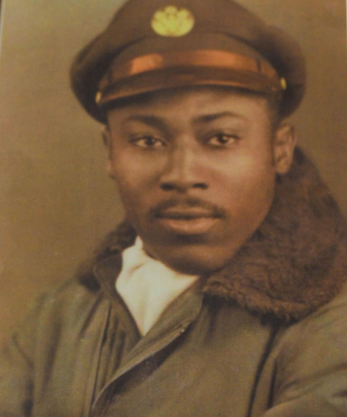
- Unit: 3528th Maintenance Squadron, 3527th Maintenance Squadron, 332nd Fighter Group
- Hometown: Pine Bluff, Arkansas
- Place of Death: Little Rock, Arkansas
- Award(s): Air Force Commendation Medal w/1 bronze oak leaf cluster, Air Force Outstanding Unit Award w/3 bronze oak leaf clusters, Air Force Good Conduct Medal with 1 bronze oak leaf cluster, Vietnam Service Medal with 2 Bronze Service Stars, National Defense Service Medal with 1 Bronze Service Star, Republic of Vietnam Campaign Medal, Army Good Conduct Medal w/5 Bronze loops, Air Force Longevity Service Award with 4 bronze oak leaf clusters, World War II Victory Medal, World War II honorable discharge button, Sharpshooter Badge w/Carbine Bar, Unit Citation
- Cemetery: Section 8, Site 189. Arkansas State Veterans Cemetery, North Little Rock, Arkansas
Mentored by Mr. Brandon Bagwell
Harmony Grove Middle School
2024/2025
Early Life
Leroy Mazel Smith was born on a bridge during the Great Mississippi River Flood, on July 14, 1927, in Jefferson County, Arkansas. He was raised by his mother, Nella Mae Smith and his father, D.W Smith.
He attended high school at the Dallas County Training School in Fordyce, which was the only school for African American students in Jefferson or Dallas Counties at the time. Despite his desire to become a doctor, immediately after high school, at the young age of only 16 years old, he enlisted in the military after hearing that “the military needed black mechanics.”
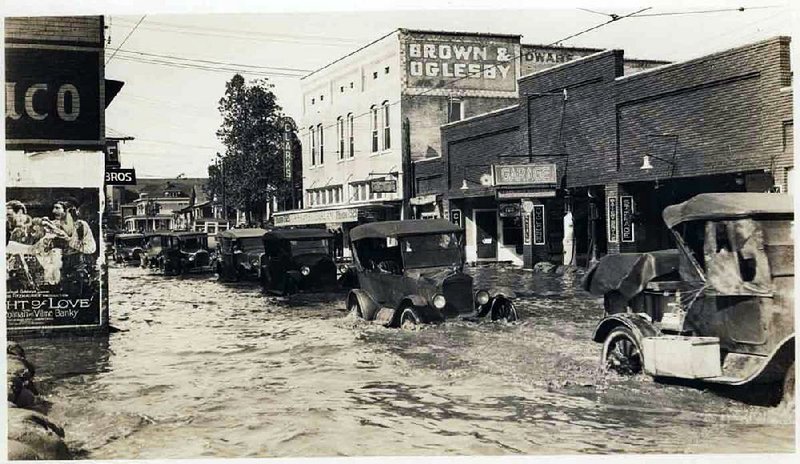
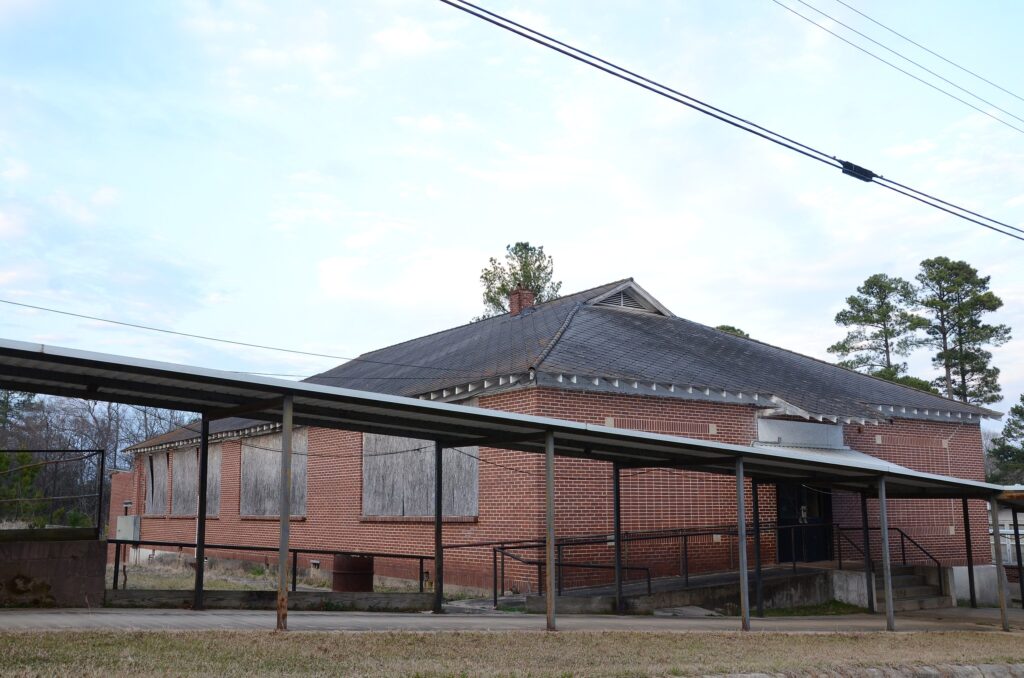
Homefront
Growing up in Pine Bluff, Arkansas, in the early twentieth century, Smith saw a shift from agriculture to industrial growth, particularly during World War II with the establishment of the Pine Bluff Arsenal and Grider Field, which transformed the local economy. Fordyce, a small town, also contributed to wartime efforts with the Shumaker Ordnance Plant.
The region’s agricultural focus shifted after World War II from cotton to soybeans and rice, a trend that continues today, with Arkansas being a leader in rice production. Pine Bluff’s economy continued diversifying after World War II, bolstered by manufacturing and business developments like Dierks Lumber and International Paper Company.
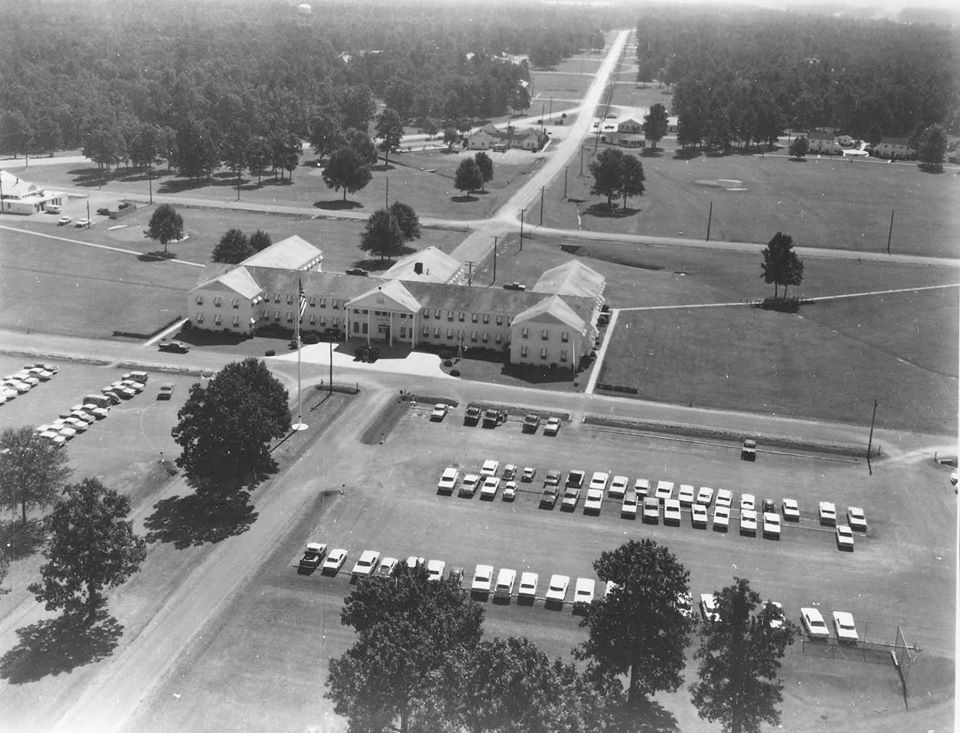

Military Experience
Smith entered the U.S. Army at Camp Chaffee, Arkansas in 1945. He traveled to Sheppard Field, Texas for basic training and then returned to Chinook, Arkansas, for aircraft and engine training. He joined the Tuskegee Airmen and was deployed to Italy, arriving in late 1945 after the war was over. He was assigned as a mechanic to the 332nd Fighter Group, which, during the war, had gained fame flying P-47 Thunderbolts and later the P-51 Mustangs. After that, he was stationed in Biloxi, Mississippi, and Columbus, Ohio. In 1947, he was moved to the newly created U.S. Air Force.
From 1951 to 1955, Smith served at Williams Air Force Base, near Chandler, Arizona, where he worked primarily in airfield maintenance. In October 1955, he transferred to Goose Air Base in Labrador, Canada as a part of the 6606th Motor Vehicle Squadron.
After the Korean War, he received training in jet engine mechanics and jet engine accident investigation. He served with the 15th Fighter Interceptor Squadron at Monthan Air Force Base in Tucson, Arizona, and then deployed to work as a jet engine technician at the Royal Air Force in Alconbury, England from 1961 to 1962.
He returned to the U.S. and served with the 328th Field Maintenance Squadron at Richards-Gebaur Air Force Base near Grandview, Missouri. In April 1966 he deployed to Clark Air Force Base in the Philippines before taking over as the Day Shift Shop Supervisor in Cam Ranh Bay, Vietnam, in May 1966. In Vietnam, he re-enlisted and returned to Seymour Johnson Air Force Base in North Carolina in May 1967.
He continued on active duty until March 31, 1968, rising to the rank of master sergeant. He continued to serve in the U.S. Air Force Reserves until December 2, 1975.
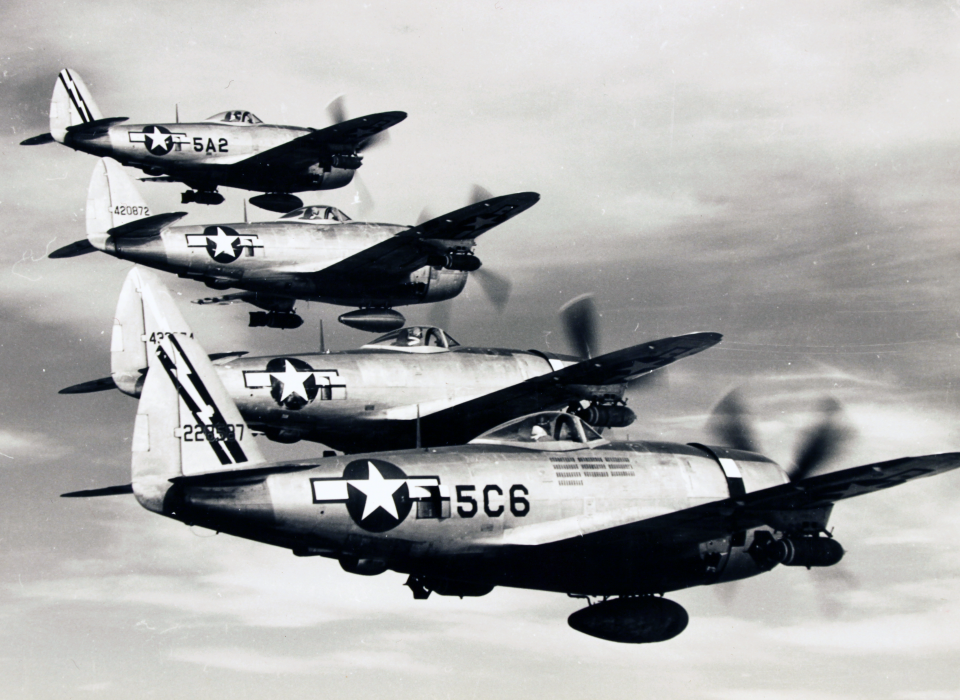
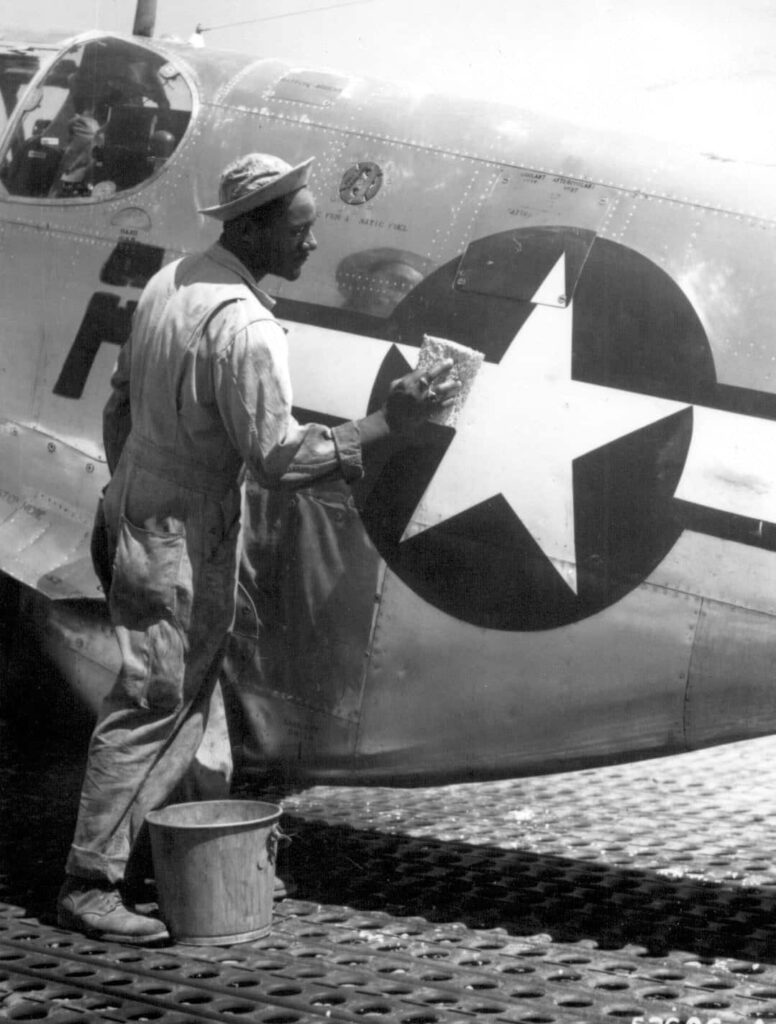
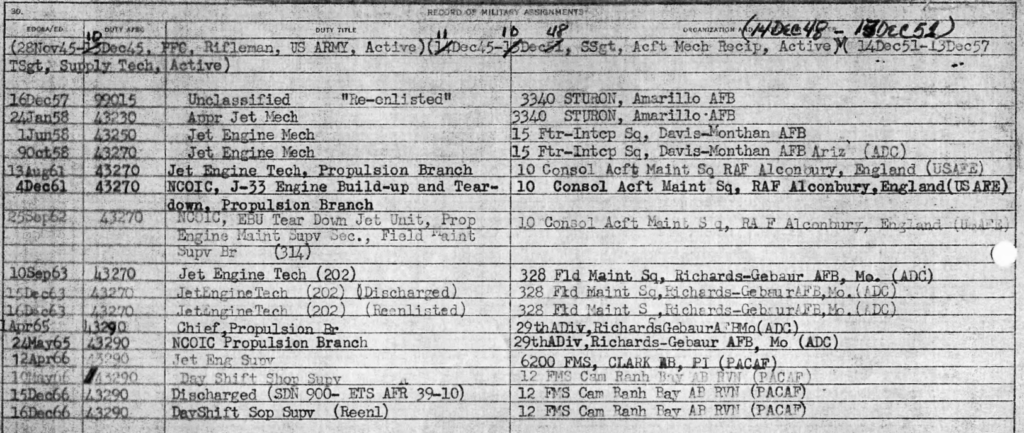
Veteran Experience
Upon returning to civilian life, Smith moved back to Pine Bluff, joined the Pine Bluff Police Department, and lived there until he passed away in 2016. When he passed, he left behind his wife, Everlena Foots-Smith, who still resides in their family home and provided key insights to his life and service during this research project.
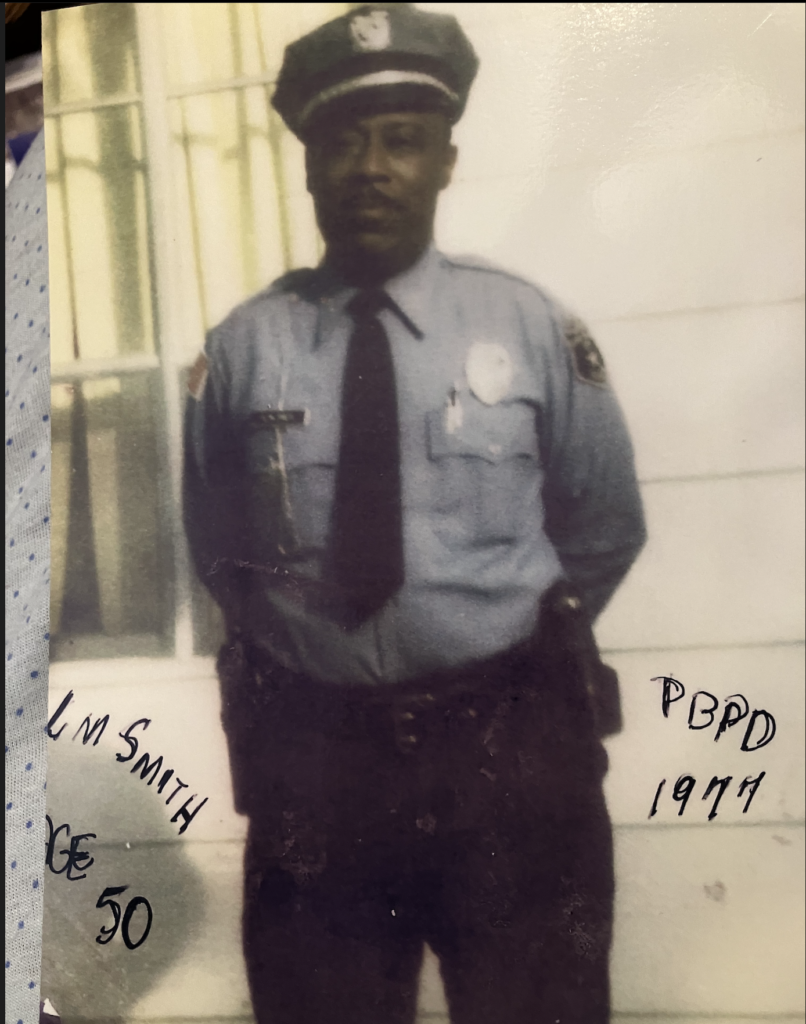

Commemoration
Smith was contented to live in Pine Bluff, Arkansas, with his wife, Everlina, until he died on December 1, 2016. He is buried at Arkansas State Veterans Cemetery, in North Little Rock, Arkansas.
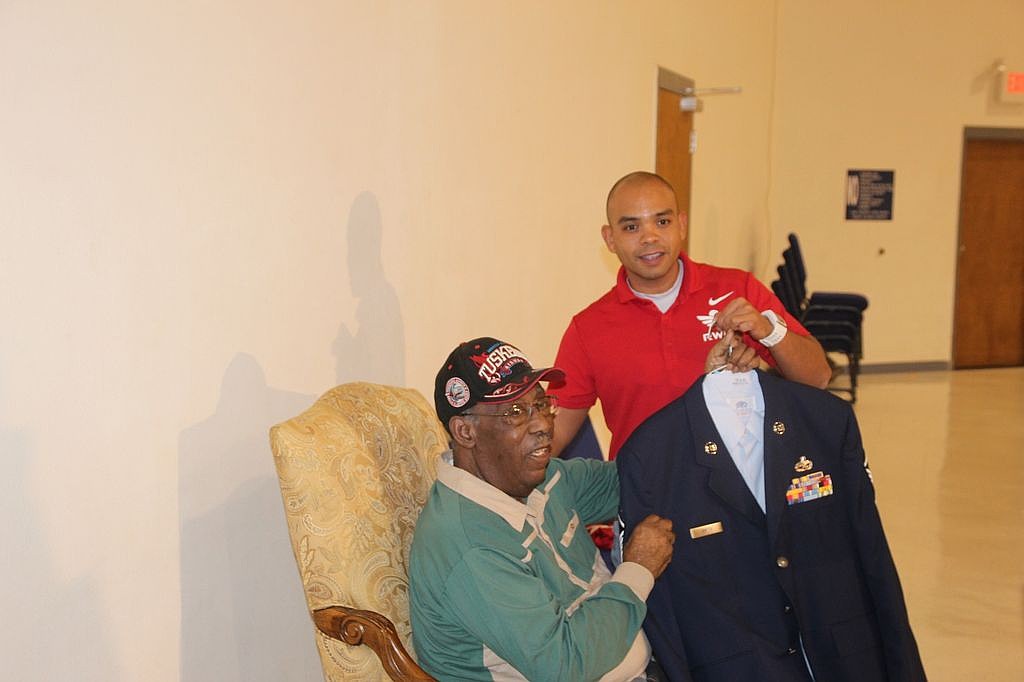
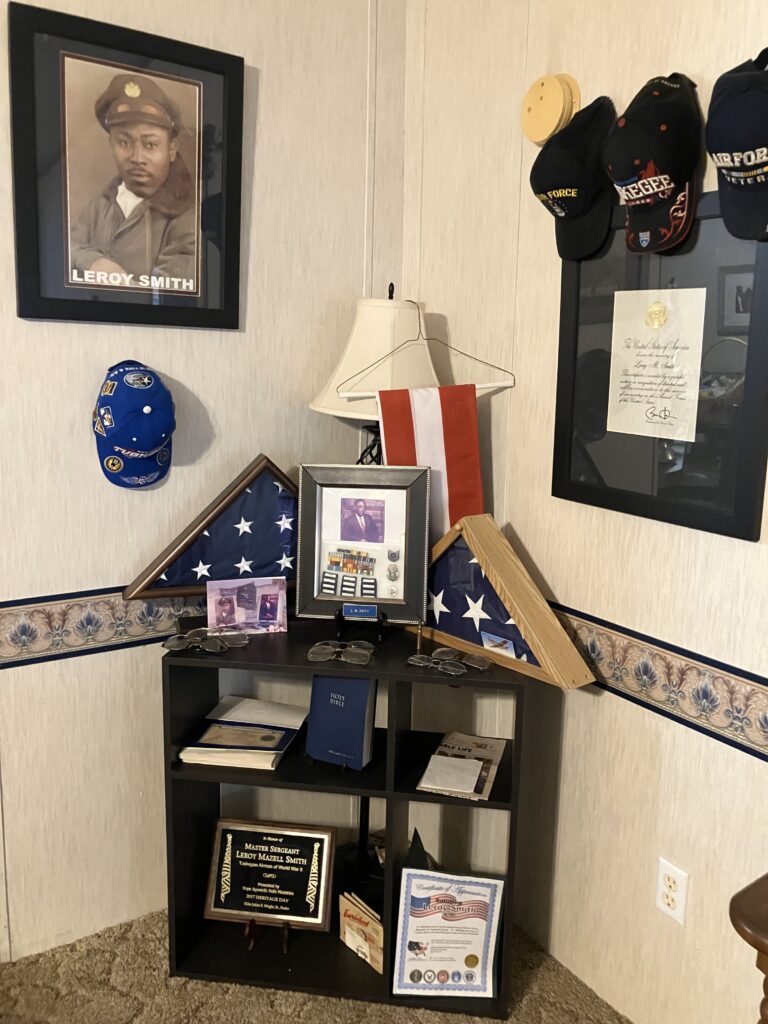

Bibliography
Primary Sources
Foots-Smith, Everlena. Telephone interview with the author. October 20, 2024.
“Leroy Mazel Smith.” Brown Funeral Home. Updated December 1, 2016. Accessed November 11, 2024. https://www.brownfuneralhomeandmortuary.com/obituary/4033615.
Leroy Mazel Smith. World War II Draft Cards Young Men, 1940-1947. Digital images. https://ancestryclassroom.com.
Smith Family Photographs. 2014-2016. Courtesy of Everlena Foots-Smith
William H. Accoo. Photograph. Roger Freeman Collection, Imperial War Museum (FRE 10250). https://www.americanairmuseum.com/archive/person/william-h-accoo.
Secondary Sources
Edwards, Regina. “Tuskegee Airman Reflects on Time in Service.” Air Force Retiree Services [Little Rock, Air Force Base], December 3, 2016. https://www.af.mil/News/Article-Display/Article/1018999/tuskegee-airman-reflects-on-time-in-service/.
“Cities and Towns.” Jefferson County, Arkansas. Accessed October 28, 2024. https://www.jeffersoncountyar.gov/our-county/residents/cities-and-towns.
Crane, Conrad C. Korean War Biological Warfare Allegations Against the United States: A Playbook for the Current Crisis in Ukraine. US Army War College Press, Strategic Studies Institute, 2022.
“Dallas County Training School High School Building.” Encyclopedia of Arkansas. Accessed October 28, 2024. https://encyclopediaofarkansas.net/entries/dallas-county-training-school-high-school-building-15060/.
“Fordyce (Dallas County).” Encyclopedia of Arkansas. Accessed November 10, 2024. https://encyclopediaofarkansas.net/entries/fordyce-874/
Graff, Cory. “Patchwork Place: Building the P-47 Thunderbolt.” National World War II Museum. Accessed March 28, 2025. https://www.nationalww2museum.org/war/articles/patchwork-plane-building-p-47-thunderbolt
“The Great Mississippi River Flood of 1927.” National Museum of African American History & Culture, Smithsonian. Accessed October 28, 2024. https://nmaahc.si.edu/explore/stories/great-mississippi-river-flood-1927.
“The History of the Pine Bluff Arsenal.” Pine Bluff Advertising and Promotion Commission. Accessed November 10, 2024. https://www.explorepinebluff.com/post/the-history-of-the-pine-bluff-arsenal.
“Leroy Mazel Smith.” Find A Grave. Accessed October 31, 2024. https://www.findagrave.com/memorial/173698041/leroy_mazel_smith.
“Leroy Mazel Smith.” Veterans Legacy Memorial, U.S. Department of Veterans Affairs. Accessed March 28, 2025. https://www.vlm.cem.va.gov/LEROYMAZELSMITH/8fc384.
“Mississippi River flood of 1927.” Encyclopedia Britannica. Updated September 1, 2023. Accessed November 10, 2024. https://www.britannica.com/event/Mississippi-River-flood-of-1927.
“PB vet, former Tuskegee Airman is granted wish.” Northwest Arkansas Democrat Gazette, November 12, 2016. https://www.nwaonline.com/news/2016/nov/12/pb-vet-former-tuskegee-airman-is-granted-wish/.
Smith, Sergeant Regina. Leroy Smith. 19th Airlift Wing. Video. 916th Air Refueling Wing. Accessed October 18, 2024. https://www.916arw.afrc.af.mil/News/Video/videoid/504793/dvpTag/Tuskegee/.
This profile was funded by a grant from the United States Department of Veterans Affairs. The opinions, findings, and conclusions stated herein are those of the author and do not necessarily reflect those of the United States Department of Veterans Affairs.

